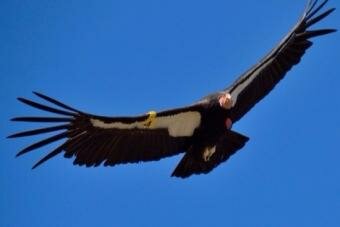A whopping €100,000 ($112,000) fine has been imposed by French privacy authority -- the Commission Nationale de l’informatique et des Libertés (...

Fast-changing technologies have made it possible for scientists to have a look of the baffling world of wild animals. The sophisticated technologies have let humans reach into ocean depths, and climbing to the heights of the tallest mountains for following animals as they feed, communicate or migrate.
California condors have solar-powered trackers fixed on its wings, which have allowed scientists to track their soaring flights to 15,000 feet, whereas track attached to humpback whales have shed light on the 1,000-foot dives made by mammals to underwater mountains. Moreover, the GPS collars on Yellowstone grizzly bears have provided new insights regarding their feeding habits and wellbeing.
The huge data that scientists have been able to get using tinnier, more durable, and smarter tracking devices is helping them in knowing how they could save wild animals and their habitats by disclosing new information regarding previously hard-to-study animals.
Last year, in a column in The Guardian, Rory Wilson, head of the Department of Biosciences at Swansea University’s College of Science in Wales, wrote, “We need to know what animals do and where they do it to understand how the diverse elements of ecosystems interact to make the system work”.
For example, sophisticated devices following grizzly bears in Yellowstone National Park have been assisting scientists in finding out whether the bears are able to find food, a significant piece of information to decide whether the Endangered Species Act protections of the bears, presently designated as ‘threatened’, can be lifted or not.
The food source of grizzly bears ‘whitebark pine’ has seen a decline due to an insect infestation, thus, the advanced GPS collars tracking the bears’ activity have been helping conservationists in determining if they have found substitute food sources during fall, a period when they attempt to gain weight prior to winter hibernation.









